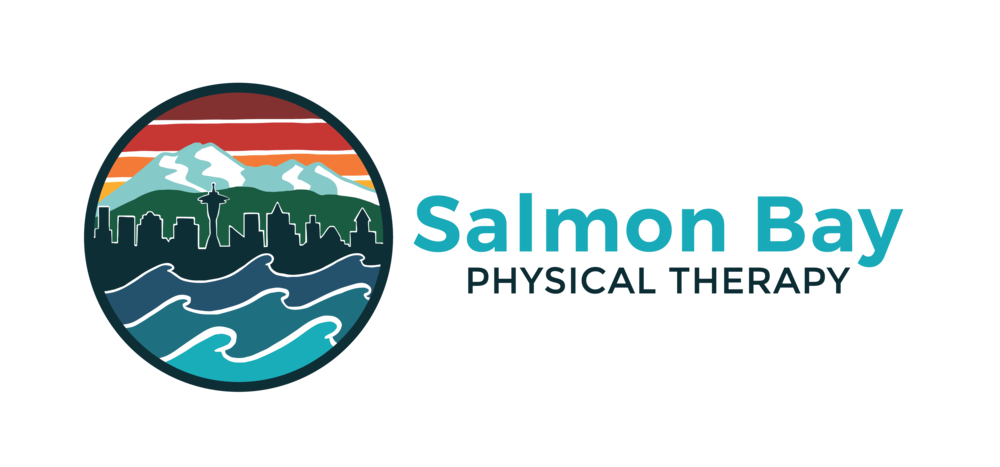Foam rolling and stretching both have their loyal set of followers and there often is a question about which technique is better. We will be answering that question in this blog post, as well as going through the effects and indications of both.
Foam rolling and stretching somewhat overlap each other with respect to their benefits. Both techniques facilitate relaxation and increases in the ROM of the muscles.
Foam rolling improves blood flow (to the region being foam rolled), increases range of motion and decreases muscle soreness without affecting the performance of that muscle group [2]. Interestingly enough, foam rolling can be performed before and/or after a workout or really at any time of the day to be beneficial. More recently, it has become increasingly popular, with more people opting for it over stretching. It is, however, important to learn the correct foam rolling technique from the experts in the field. Here is a sample foam rolling routine for the lower body:
As you will see, it is recommended to roll each segment for 30-60 seconds, with a full routine typically taking between 5-10 minutes.
Stretching is indicated for improving soft tissue flexibility/extensibility, thereby increasing range of motion. This increased flexibility may reduce the risk of exercise-related injuries.
There are primarily two types of stretching: dynamic and static. Dynamic stretching increases the heart rate and seeks to “warm up” stiff or tight muscles, making it ideal for a pre-workout routine. Here is a sample dynamic stretching routine recommend for runners:
Static stretching involves passively holding a position or stretch, typically for 30-60 seconds, which has shown to impede muscle performance (reduced power output) during the exercise when performed prior to a workout [1]. Therefore, static stretching is best suited for the post-workout period, as it may help gently “cool down” the muscles while still increasing overall range of motion in the long term. Static stretching can also aid in physical and mental relaxation. Here is a sample static stretching routine for the lower body:
Typically, both dynamic and static stretching routines should take no more than 5-10 minutes. It is important to note that all stretching should be gentle and relatively pain-free. Also, no breath holding while performing any of the routines shown above. Remember to breathe!
References -
Kay, A. D., & Blazevich, A. J. (2012). Effect of Acute Static Stretch on Maximal Muscle Performance. Medicine & Science in Sports & Exercise, 44(1), 154–164. doi: 10.1249/mss.0b013e318225cb27
Macdonald, G. Z., Penney, M. D., Mullaley, M. E., Cuconato, A. L., Drake, C. D., Behm, D. G., & Button, D. C. (2013). An Acute Bout of Self-Myofascial Release Increases Range of Motion Without a Subsequent Decrease in Muscle Activation or Force. Journal of Strength and Conditioning Research, 27(3), 812–821. doi: 10.1519/jsc.0b013e31825c2bc1

